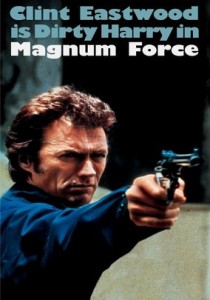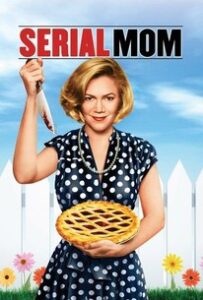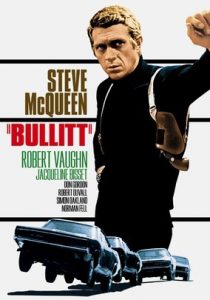Magnum Force-1973
Director Ted Post
Starring Clint Eastwood, Hal Holbrook
Top 250 Films #148
Scott’s Review #336
Reviewed January 9, 2016
Grade: A
The follow-up to the original action thriller to end all action thrillers, Dirty Harry, 1973’s Magnum Force is as good as the original in my opinion but flies under the radar as compared to the acclaimed Harry.
Both films are similar in style and grit, but Magnum Force holds sentimental memories for me, as I remember watching the film countless times on rainy Saturday afternoons as a kid.
The similarities abound between both films as the screenwriter and score are by the same writer and composer, respectively.
Admittedly, Magnum Force is more conventional and less dirty than its predecessor.
Playing not just the same role of Harry Callahan, the grizzled, hard-nosed Inspector from Dirty Harry, but Clint Eastwood also plays him in quite the same manner.
Not one to blow anyone away with his dazzling acting talent, Eastwood is smart to keep to the status quo. The character is tough, and no-nonsense, but has a take-prisoner vulnerability we love and admire.
In this chapter, a syndicate of vigilante cops is taking matters into their own hands by assassinating known criminals who have been let off the hook either by connections or some other form of loophole.
The pattern is for uniformed patrol officers to pull over a criminal for a mundane reason only to shoot and kill them on the side of the road at point-blank range. They deserve it, but are the cops justified in their actions?
The appeal and mystery of the film are that the police officers wear dark helmets that hide their identities from the audience adding a level of intrigue.
The film offers up a moral question- do the criminals get what they deserve, and do the policemen have the right to justify their actions?
Especially relevant is the final thirty minutes of the film, as Harry and the central “villain”, Lieutenant Briggs (Holbrook) have a standoff and discuss the topic.
Magnum Force is a shoot-’em-up action flick, so this debate is skirted over largely in favor of car chases and fight scenes. But the point can be thought about.
The best sequence of the film is the finale, as Callahan is lured to an abandoned garage and chased by three remaining cops. The big reveal is that Briggs is running the show and as he drives around in his early 1970’s Ford LTD, soon to become battered and weathered, it is a great scene, especially for those who enjoy car chases.
Magnum Force is a no-frills “guy” film, but one done very well and with an interesting, semi-controversial premise.
The film is the 1970s action genre at its very best.
Surprisingly, and to the film’s credit, one can discuss the film after watching it instead of it being a generic, forgettable flick.


